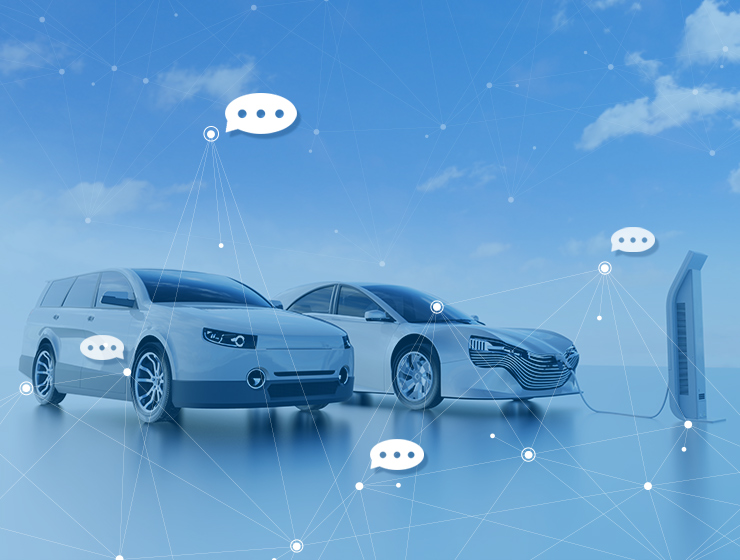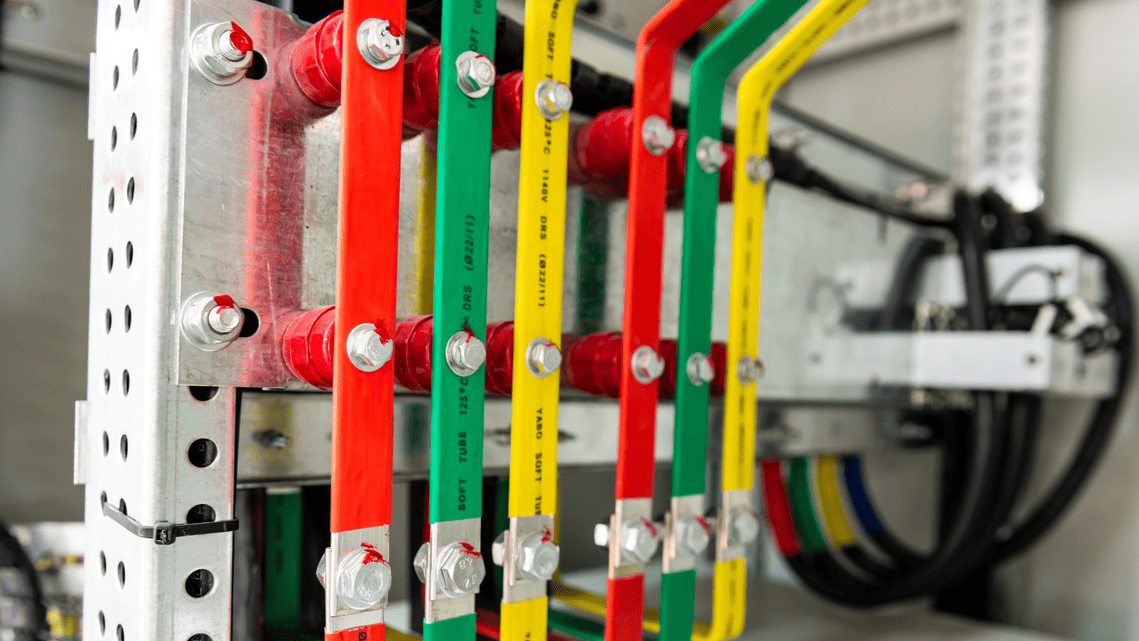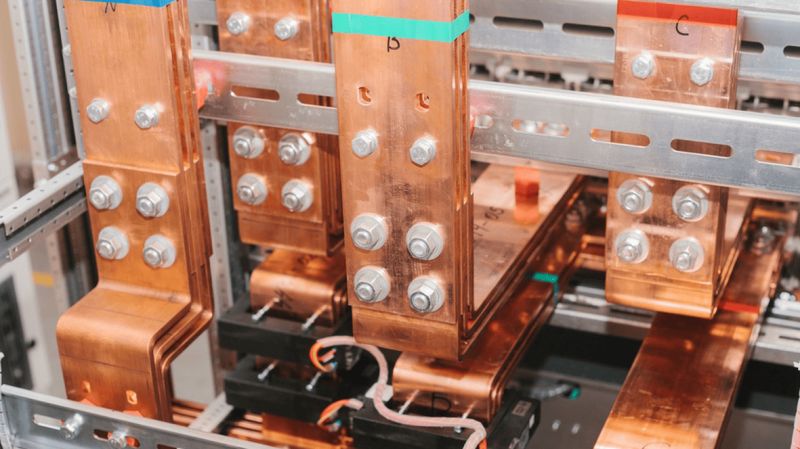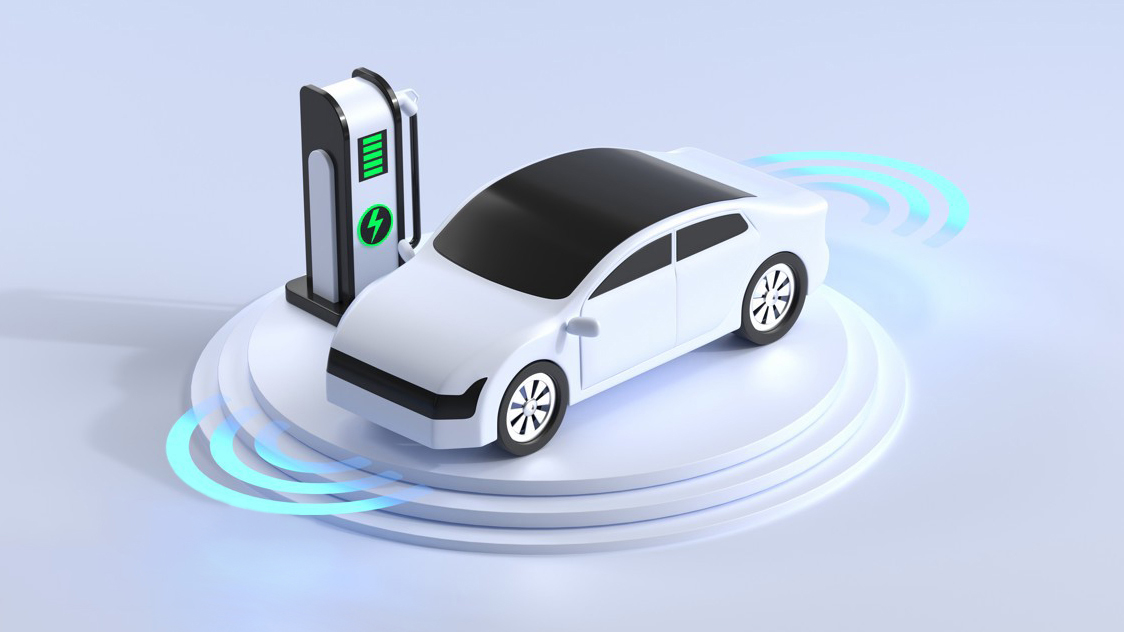Choose Your EV: A Powertrain Guide
Navigate NEV Powertrains: Find Your Match
Driven by the Paris Agreement and the global energy transition, New Energy Vehicles (NEVs) have emerged as a cornerstone of low-carbon transport. China, the world's largest NEV market, is a hotbed of innovation, home to leading players like BYD, NIO, Li Auto, and XPeng, with new entrants like Xiaomi adding to a vibrant and competitive ecosystem.
For consumers, navigating the array of powertrains—BEV, PHEV, EREV, and HEV—can be challenging. This guide cuts through the noise with a clear, professional breakdown of their technologies, efficiency, and ideal use cases.
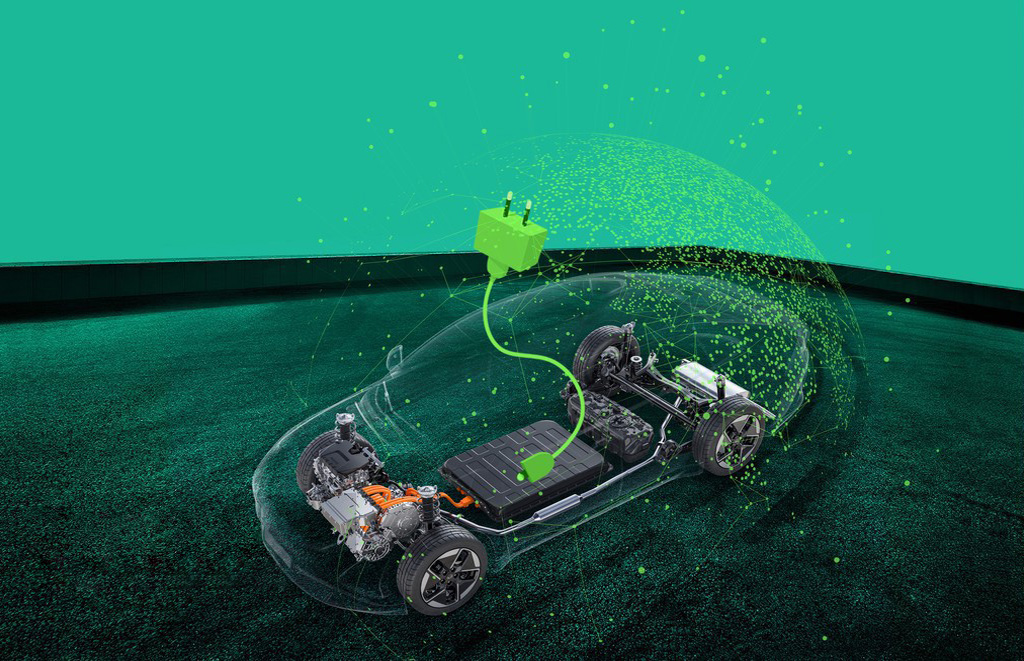
1. Battery Electric Vehicle (BEV): The Pure Electric Experience
BEVs are powered solely by electricity, delivering zero tailpipe emissions. They use a battery to store energy and an electric motor for propulsion, resulting in high energy conversion efficiency.
Key Takeaways:
Efficiency & Economy: Significantly lower running costs and simpler maintenance than ICE vehicles.
Charging: Fast-charging technology (e.g., 800V platforms) is reducing charge times, but infrastructure and duration remain key considerations for long trips.
Policy: Often benefits from green licenses and purchase tax exemptions (e.g., in Shanghai, only BEVs currently qualify for the NEV license).
Top Models: Tesla lineup, BYD Han/Qin, NIO ES7, Zeekr 001.
Ideal For:
✅ Users with predictable commutes and easy charging access.
✅ Primarily urban and suburban driving.
❌ Frequent long-distance travelers without reliable charging.
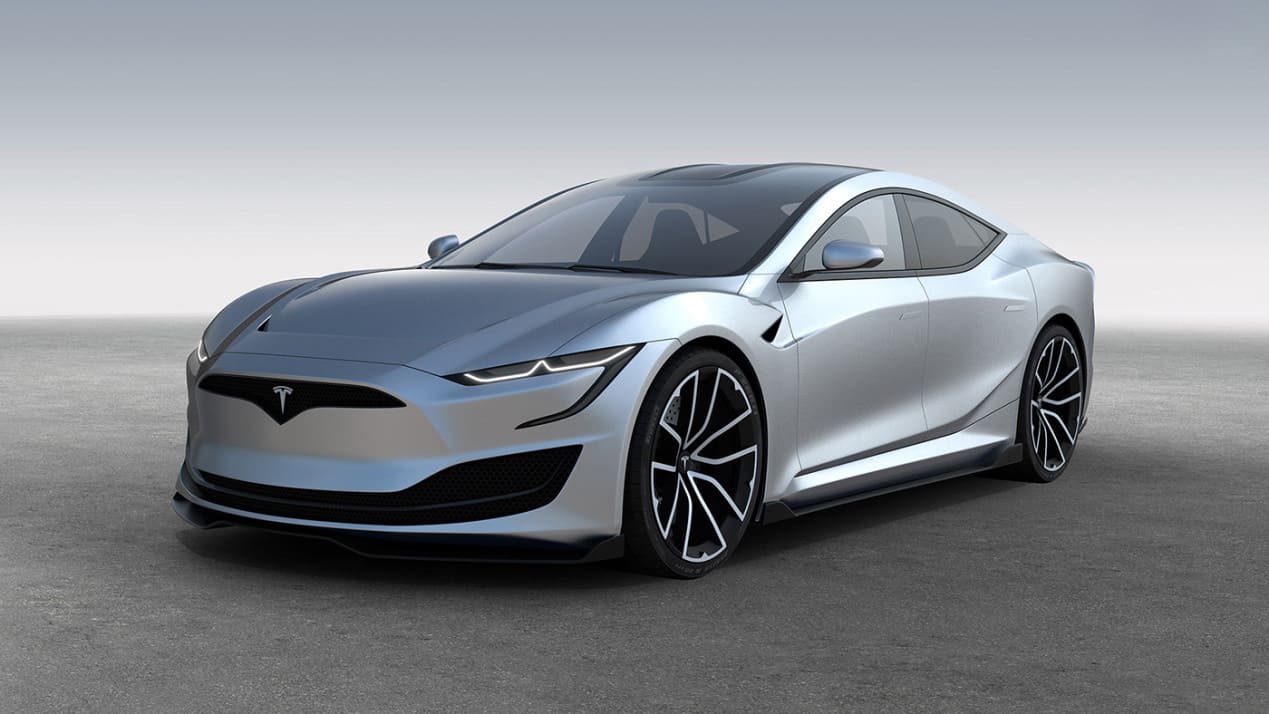
2. Hybrid Electric Vehicles (HEV & PHEV): Two Paths to Efficiency
Hybrids combine an engine and an electric motor but serve different purposes.
▍ Hybrid Electric Vehicle (HEV): Efficient & Hassle-Free
HEVs use a battery and motor to assist the engine, optimizing efficiency, especially during acceleration and low-speed driving. The battery self-charges via the engine and regenerative braking.
Key Takeaways:
Fuel Efficiency: Reduces fuel consumption by optimizing engine operation.
No Charging Needed: Functions like a regular gasoline car.
Policy: Not classified as an NEV in most Chinese regions; ineligible for green licenses.
Top Brands: Toyota, Honda.
Ideal For:
✅ Drivers seeking better fuel economy without installing a charger.
✅ Mixed city and occasional highway use.
▍ Plug-in Hybrid Electric Vehicle (PHEV): The Best of Both Worlds?
PHEVs feature a larger, plug-in battery for substantial all-electric range. They intelligently switch between electric drive, hybrid modes, and engine-only operation.
Key Takeaways:
Versatility: All-electric for daily commutes, hybrid for longer journeys.
Complexity: Requires sophisticated integration of dual powertrains.
Policy: Eligible for green licenses in most areas (some exceptions like Shanghai).
Top Models: BYD Qin PLUS DM-i, Song PLUS DM-i, Geely Galaxy L7.
Ideal For:
✅ Users with daily drives within electric range and home/work charging.
✅ Those who need one vehicle for both efficient city driving and flexible long-distance travel.
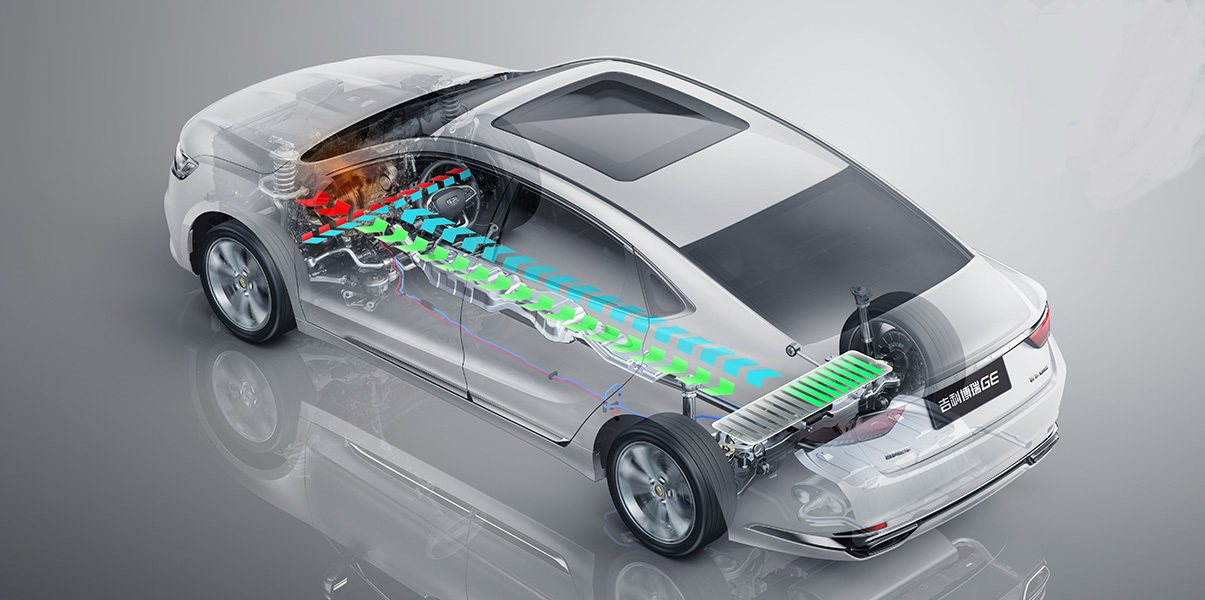
3. Extended-Range Electric Vehicle (EREV): Electric Drive with a Backup Generator
An EREV is an electric vehicle with an onboard gasoline generator (range extender). The engine only charges the battery and never drives the wheels directly.
Key Takeaways:
Driving Experience: Offers the smooth, quiet feel of a BEV.
Efficiency Trade-off: Less efficient at sustained high speeds due to energy conversion losses.
Simplicity: A less complex system compared to PHEVs.
Top Models: Li Auto L-series, AITO M-series.
Ideal For:
✅ Drivers who want a BEV experience but have range anxiety.
✅ Predominantly city driving with infrequent long highway trips.
4. Quick Comparison
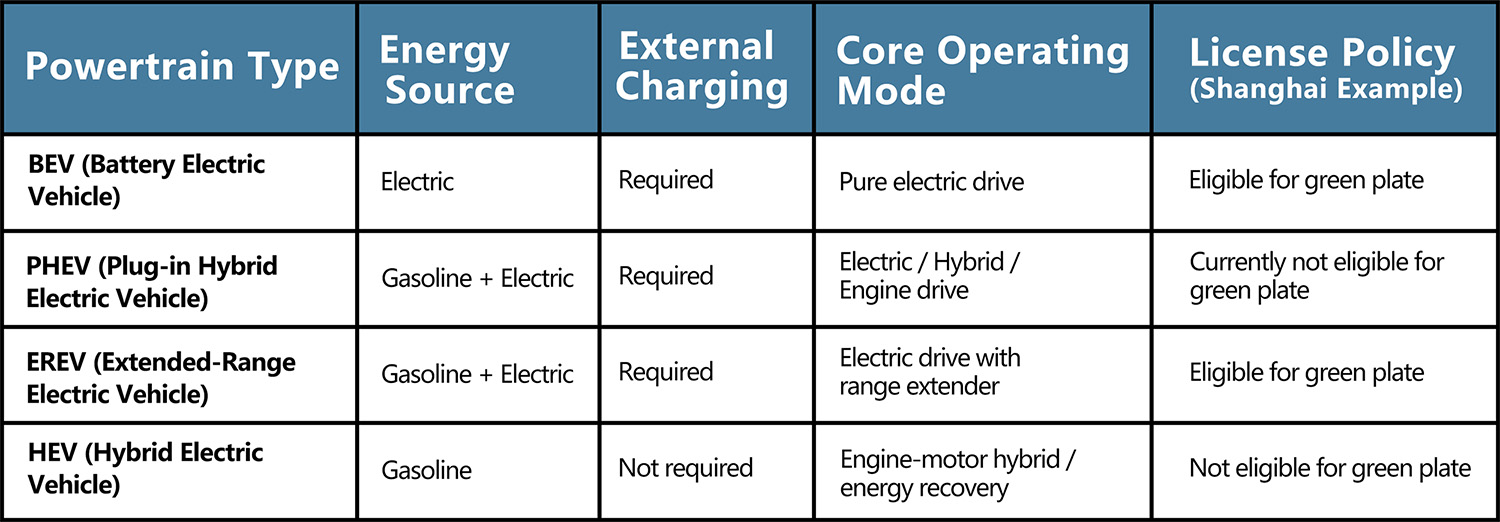
5. Find Your Match
- Choose BEV: If you have reliable charging and a fixed routine.
- Choose PHEV: If you need one car for efficient daily driving and unlimited range for trips.
- Choose EREV: If you desire an EV feel and mostly drive in the city.
- Choose HEV: If you want better fuel economy without any change to your refueling habits.
Trends to Watch in 2025:
- Smarter Hybrids: Systems like BYD's DM-i are achieving even higher engine efficiency.
- Faster Charging: 800V high-voltage platforms are becoming mainstream, slashing charge times.
- Bigger Batteries: PHEVs and EREVs are offering longer electric-only ranges.
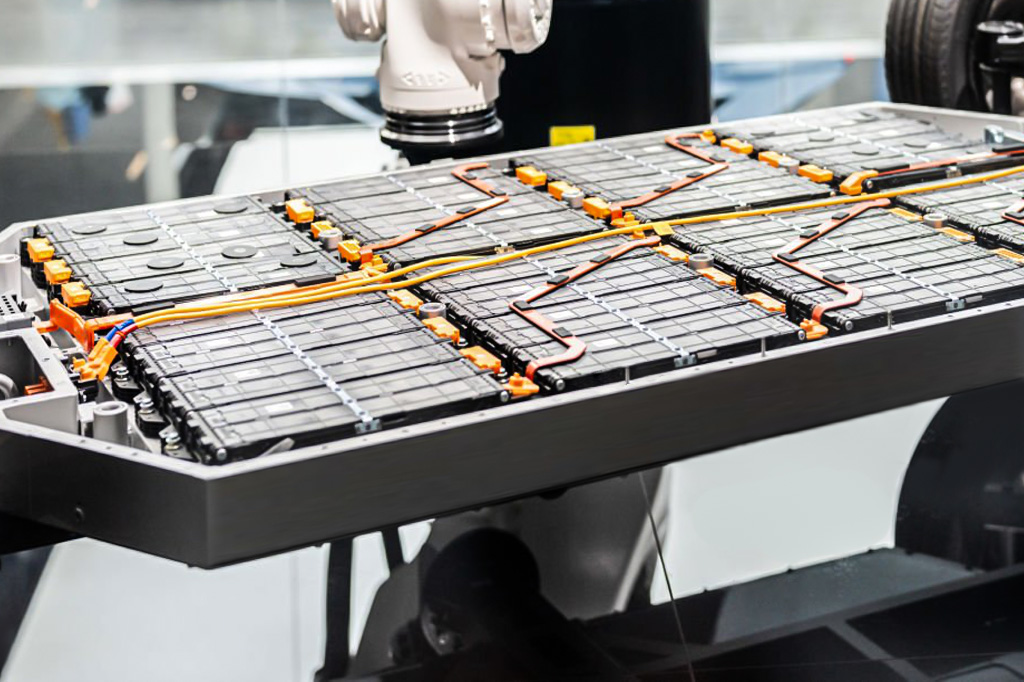
At the heart of every reliable NEV lies a robust electrical connection system. As a trusted partner in the industry, RHI provides high-performance busbars, flexible connectors, and critical insulation solutions—ensuring safety and power delivery for the future of mobility.





